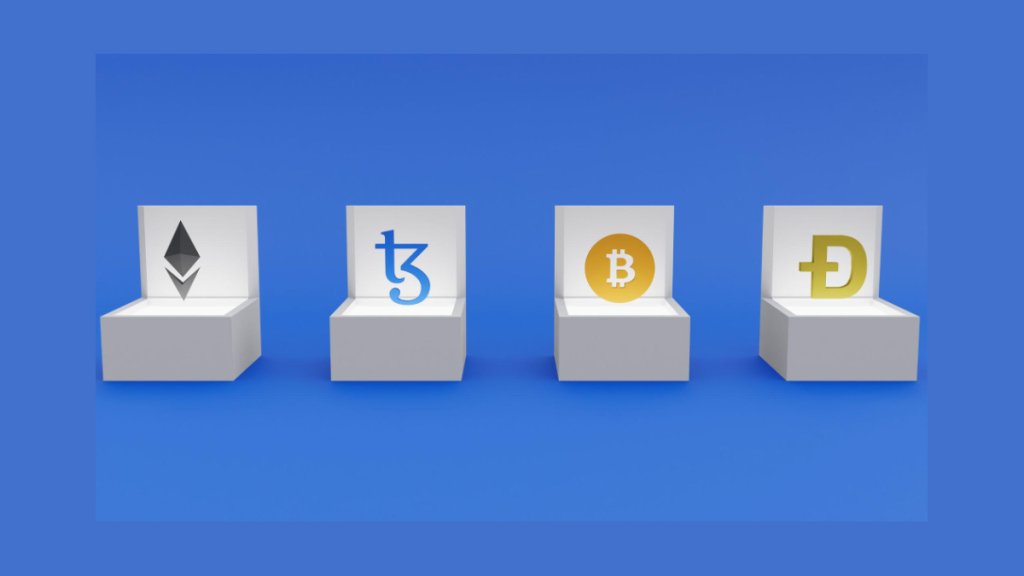The Reserve Bank of Zimbabwe has unveiled plans to sell its gold-backed digital currency to investors, setting a pricing structure for the digital tokens. Starting from May 8, 2023, the central bank aims to offer the tokens to individuals at a minimum fee of $10 and to corporates and other entities at a minimum fee of $5,000. This initiative is designed to stabilise the country’s currency and provide an alternative to the United States dollar.
On May 4, 2023, the Reserve Bank of Zimbabwe announced that the gold-backed digital currency would be sold in local and US dollars. However, the tokens will be sold through banks, both in foreign and local currency, at a 20% margin above the willing-buyer willing-seller interbank mid-rate. Interested investors can participate in the offering from May 8, 2023, with the offer closing two days later.
The central bank of Zimbabwe has divided the issuance and usage of the tokens into two phases. In the initial phase, the tokens will primarily serve investment purposes and will be available for sale through banks. In the subsequent phase, the tokens will be held in cards or digital wallets, enabling person-to-person and person-to-business transactions. The central bank also noted that holders of physical gold coins would have the option to exchange or convert them into gold-backed digital tokens through the banking system.
What are a willing-buyer and a willing-seller?
The willing-buyer willing-seller interbank mid-price is the exchange rate at which banks are willing to buy and sell currencies from one another. It represents the midpoint between the buying and selling rates and is influenced by various market factors such as supply and demand. This price is a benchmark for numerous financial transactions and is commonly used as a reference rate for exchange rates provided by financial institutions and banks.
Timeline for the project
This plan is the latest attempt by Zimbabwe to support its local currency, which has weakened against the US dollar on the official market this year. The Monetary Policy Committee approved the plan eight months after the country introduced gold coins as a store of value to assist the local unit. In April 2023, the Reserve Bank of Zimbabwe announced its plan to introduce a gold-backed digital currency as a legal tender to stabilise the local currency from continued depreciation against the US dollar.
According to the report, the move intends to enable small amounts of Zimbabwean dollars to be exchanged for the digital gold token, permitting more Zimbabweans to guard against currency volatility. Governor of the Reserve Bank of Zimbabwe, John Mangudya, said, “The plan intends to leave no one and no place behind.”
On April 30 2023, Mangudya noted, “The issuance of the gold-backed digital tokens is meant to expand the value-preserving instruments available in the economy and enhance the divisibility of the investment instruments and widen their access and usage by the public.” For over a decade, Zimbabwe has been fighting against currency volatility and inflation, leading to the country adopting the US dollar as its currency in 2009. The Zimbabwean dollar was reintroduced in 2019 to revitalise the country’s struggling economy. However, in 2022, the Zimbabwean government used the US dollar again to curb surging prices.
Even platforms like 7Bitcoins mentioned that Zimbabwe had reached a new stage of monetary dysfunction. On March 23 2023, the report noted, “Because of a lack of small change, businesses have started printing their money-scraps of paper, sometimes handwritten, so that customers can pay for future purchases.”
According to a Bloomberg report, the southern African country’s currency – the Zimbabwean dollar — is quoted at 1,001 against the US dollar. However, it is commonly exchanged at 1,750 in the capital city of Zimbabwe, Harare. More businesses require payments in US dollars even though the Zimbabwean dollar remains the country’s official currency.
Recent reports also show that $1 costs more than 900 Zimbabwean dollars. Today Zimbabwe’s local currency declined 35% against the US dollar, making the US dollar the preferred currency for transactions. A Central Banks Monetary Policy Committee (MPC) member, Persistence Gwanyanya, said, “The authority needed about $100m, which is about R1.8bn of gold for the project.”
Digital currencies are becoming increasingly popular globally, with several countries exploring the possibility of fissuring their digital currencies. In 2021, Nigeria became the first country in Africa to introduce a digital currency. Zimbabwe’s venture into digital currencies provides a unique opportunity for the government to streamline financial transactions, reduce costs and increase financial inclusion. It will be interesting to see how the gold-backed currency performs in the market and if it will succeed.

